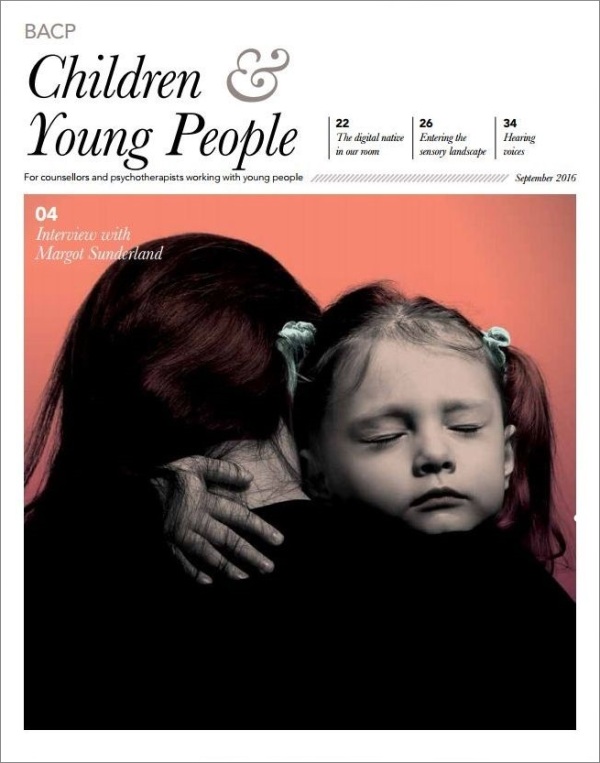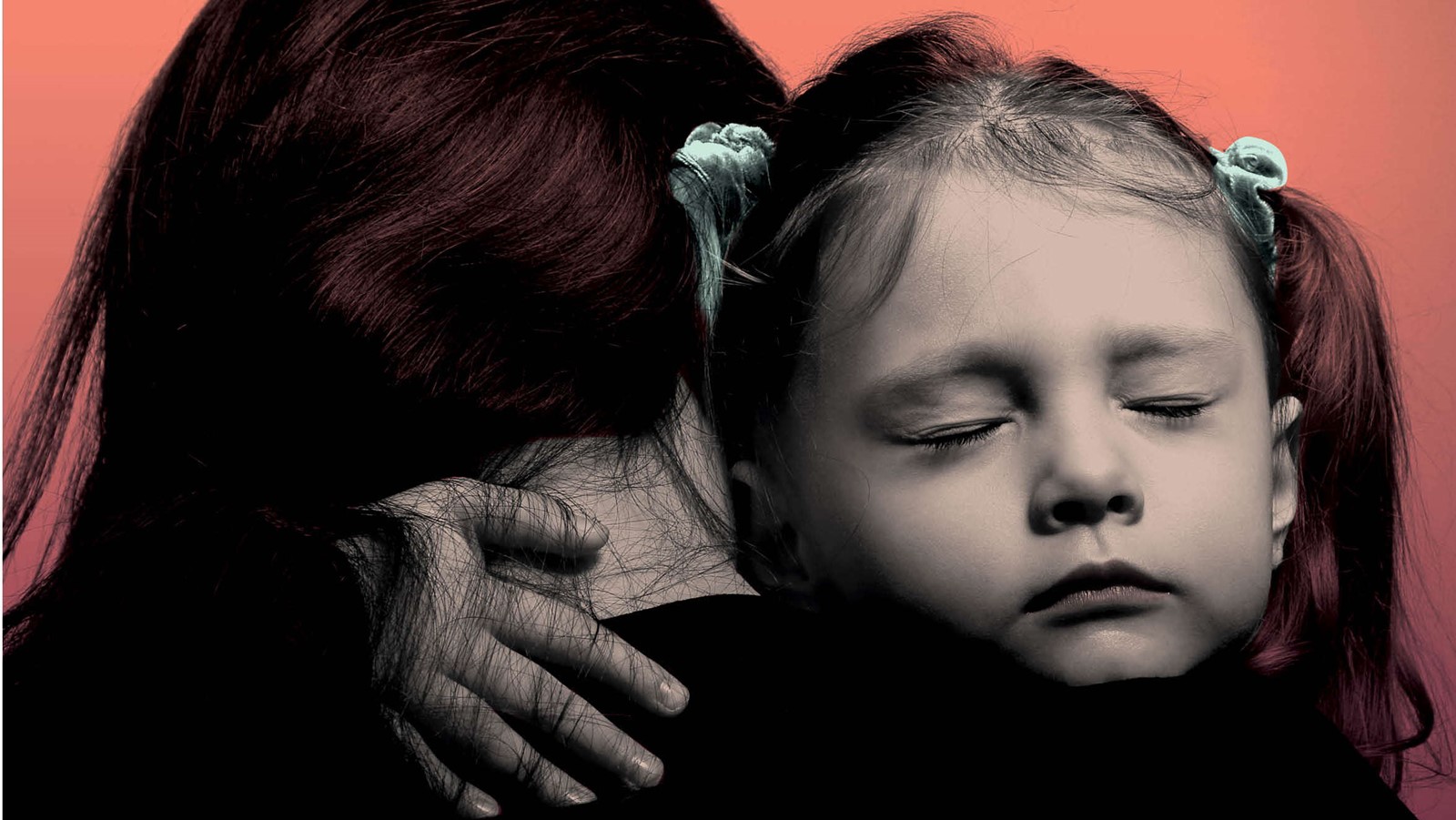In this issue
Features
In search of Margot Sunderland
A wide-ranging interview with the author, as What Every Parent Needs to Know gets an update
Entering the sensory landscape
Sue Curtis's moving account of work with a client who had enduring and complex needs
In practice
Balancing holding and sharing
Lesley Duff’s research on managing confidentiality and risk in school
Creative CBT with autism spectrum disorder (free article)
Sarah Rogers uses the special interests and skills of this client group
The doll house home
Julie Griffin continues her series on different media in the therapy room
Issues
The digital native in our room
Rebecca Kirkbride recommends getting alongside the client’s virtual life
Counsellor-client privacy in school
Ben Gross explains the rationale for his way of working
Hearing voices
Rachel Waddingham breaks the silence on what can be a taboo topic
Regulars
Reflecting on… transgender
Jeanine Connor
Thinking about… organisational supervision
New columnist Alison Smyth
Considering… the non-judgmental counsellor
Nick Luxmoore
From the chair

A pdf of this issue is available in the BACP Children and Young People archive
Welcome from the editor
I recently spent a long, utterly refreshing and relevant weekend at a picture book retreat for members of the Society of Children’s Book Writers and Illustrators (SCBWI – known as scoobie, since we work with children!). It was called ‘Drawing words and writing pictures’. We communicated with each other using standalone images; metaphors and off-the-cuff inventions to suit the purpose, based on children’s issues; small-group crits and honest reviews of work in progress; discussion of assumptions and pitfalls in the business – and by listening carefully. We listened to what the writer or illustrator intended, checked we understood and only then offered our invited twopenn’orth. Overall, I suppose you could boil it down to the how, why and what of communicating with children in the interests of their wellbeing and development.
I returned on journal deadline to deal with the amassed content I’d commissioned for this issue. And what struck me immediately was the similarity of the client engagement represented in these articles – multiple ways of communicating and trying to understand what young people need from us.
Margot Sunderland has, for years, given us stories to use in the therapy room with children who worry, live in wobbly or rigid situations, feel rubbish, or who have limited prospects, mourn a loss or miss someone; and Sue Curtis has, for years, worked with dance movement therapy, which she adapts in sensory ways to work with very complex need, as in her moving story of Nama here. Sarah Rogers, on the other hand, has, again for years, skilfully adapted CBT to make good use of the atypical skills of those with an autism diagnosis; and Julie Griffin has (for years!) ‘read’ and tried to understand the metaphor when a child invents play with a doll house family. Rachel Waddingham has acquired expertise in communicating about voice-hearing in young people, and offers us practical pointers on working with them – the key being to listen hard to the context in which this occurs, the culture that the child is in, and to hear the sense that the young person is making of it, before rushing in with strategies of our own to ‘solve it’. That sounds familiar.
All of this and more is absolutely in line with what I experienced at the picture book retreat. Interestingly, there were writers there actively engaged with children’s early themes, current and ongoing emotional needs, and mental health issues. Some were writing for children who had a relative in prison, or in a hospice, or who struggled alone with secret abuse; or for children needing to rethink to discover themselves in new and empowered ways. We took favourite picture books to share. I even glimpsed a copy of The Princess and the Fog – recently reviewed in this journal, about depression – rubbing shoulders with The Robot and the Blue Bird, a wonderful story about rejection, loss and new life.
From my dual-focus vantage point, there seems to be an ever more blurred boundary between what we, as counsellors, are doing and what those out in the wider picture book world are doing in their own way. Children can only benefit.
In the light of recent worldwide political turmoil – which none of us can ignore, as it will have infiltrated our young people’s lives via the media, their parents, and the general atmosphere in the country – I suppose the ‘message’ of this issue is that we have to be mega inventive in communicating with and helping those who are struggling against the odds to grow up on a healthy trajectory. To do that, we must use any ethical means – including attending an inspirational and refreshing break to recharge batteries.
Eleanor Patrick
Editor
